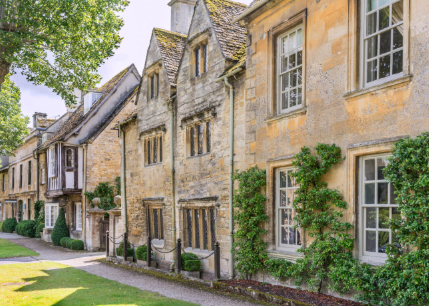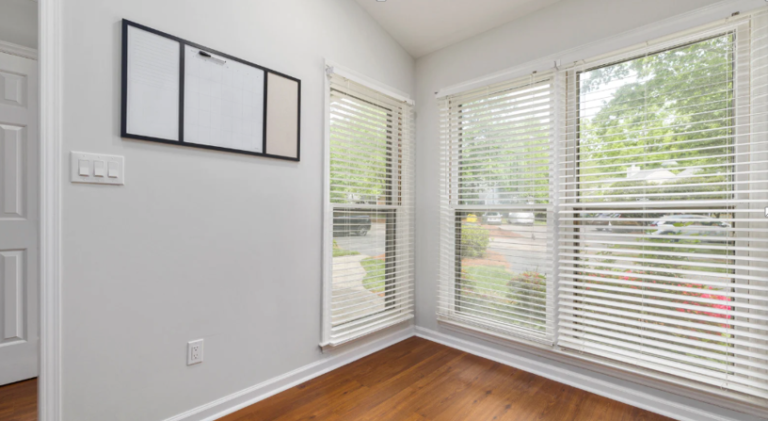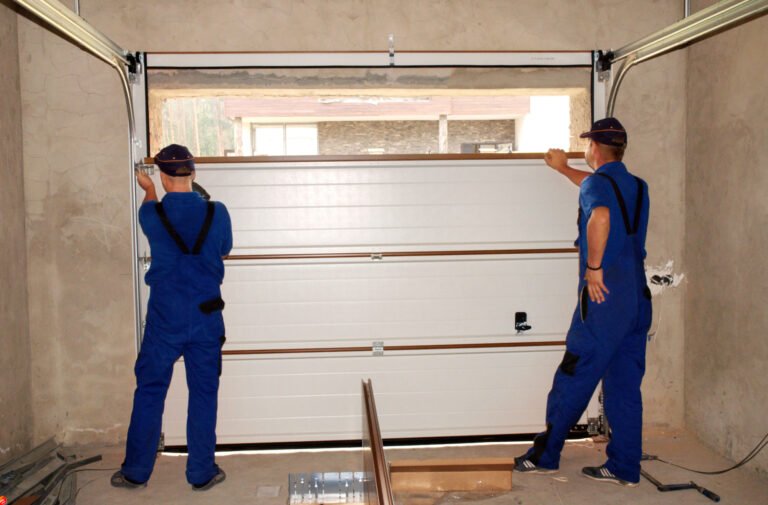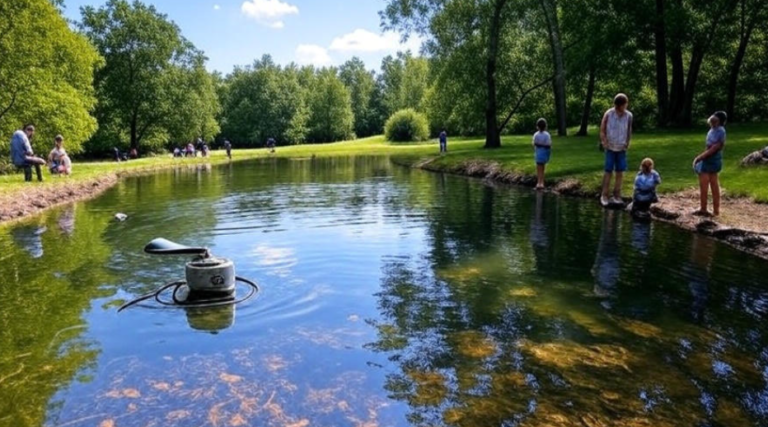Architects in Cirencester: Crafting Timeless Spaces in the Capital of the Cotswolds
Cirencester, the Capital of the Cotswolds is a town with a rich Roman history, stone-built traditional surroundings as well as a timeless beauty that is a dreamsite both for traditional and modern architecture. Are you wanting to buy a Georgian townhouse, a bungalow on the fringe of the town, or residential land in the countryside around Cirencester? Then you and architects in Cirencester have a delightful task to create a balance between beauty and practicality and having an awareness of the past.
An Ancient Landscape That Has Characterized Contemporary Architecture:
The town of Cirencester has a built environment dominated by the heritage: there are the limestone cottages, classical facades, and lovely terraces that make the town look specifically Cirencester-like. However, these buildings are currently undergoing a reinvention process in order to suit the needs of the present by numerous home owners and developers. It could involve turning disused commercial space into housing, opening up an existing period property to enable a family to live in it, or fitting a traditional edifice with environmentally-friendly technology.
See Also: How Startups Use Tech to Disrupt Industries
The work of architects at Cirencester usually consists:
- Heritage home improvements wherein views of the outside are kept while interiors are reorganised to allow open-plan dwellings.
- Transformations of the town centre buildings, such as changes of retail premises to residential, and commercial to residential.
- Delicate extensions, on which additions are made to match with the existing structures in terms of aesthetics, size and materials.
Locally built projects show how glass, timber and Cotswold stone can be used together to convey subtle, but glamorous elegance to enhance the old without dwarfing it.
Cotswold Lifestyle architecture:
The Cirencester way of life is a combination of town convenience and country peace — and architecture itself corresponds to this duality. People are generally interested in a design that allows them to practice relaxed family life together with effective home working. The local designers know all about these changing requirements and plan about it.
The trendy features are:
- Work rooms, guest rooms or hobby rooms multi-purpose garden annexes.
- Bungalows that have undergone remodelling to allow accessibility or afford a person ease of living in ageing-in-place living.
- Kitchen/living accommodation is open-plan, and there are sliding doors out to outside living spaces, which are ideal whether to host visitors or appreciate the serene views.
Other more recent similar town Enterprises involve complete redesigning of tired older houses, considerate terrace renovations, and conversion of outbuildings – all bringing greater flexibility and comfort to the traditional house.
The Cotswold Conservation and Planning It aims at these complementary functions:
The Conservation of the town, countryside and historical areas of Cotswolds; The Planning of the town, countryside and historical areas of Cotswolds.
Cirencester is sensitive when it comes to planning as it is a significant area within the Cotswolds AONB with numerous listed buildings on it. The architects in Cirencester, in this case, have to be not only competent in design, but also in planning processes which are characteristic of this region.
The navigation of Cirencester planning system can include:
- Pre-application advice, to get a feel on what is and is not probable to be passed.
- Elaborate design packages as to how suggested work will respond to the visual identity of town.
- Close contact with conservation officers, particularly in case of listed or locally important buildings.
Protruding with Style:
In Cirencester, people do not engage in the construction of bigger things, instead they engage in the construction of better things.
- It is the norm of successful extensions in the area to use:
- Lime render or cotswold stone which is similar to the original spectrum.
- Modern elements, like steel-framing on the glazing or modernistic finishes, to juxtapose with period design.
- Transitions that are landscaped, such as courtyards or terraces between the inside and the outside.
The method is particularly suited to the traditional terraced house, the older type of cottage, where the space is available to expand wisely, and in the spacious type of detached house.
Outside Homes: Mixed-Use and Community Projects
Some of the recent changes to appear in such market towns include:
- Repurposing barns or unutilized facilities into arts, and fitness places.
- Renting out big commerce space to local business or working stations.
- Enhancing rural developments and a mixed use of housing and community services.
Conclusion:
Architecture in Cirencester is not about being fashionable- it is about lasting design that is compatible with its environment, enhances the quality of daily life and does not compromise on the heritage of one of the most beautiful towns in England.






